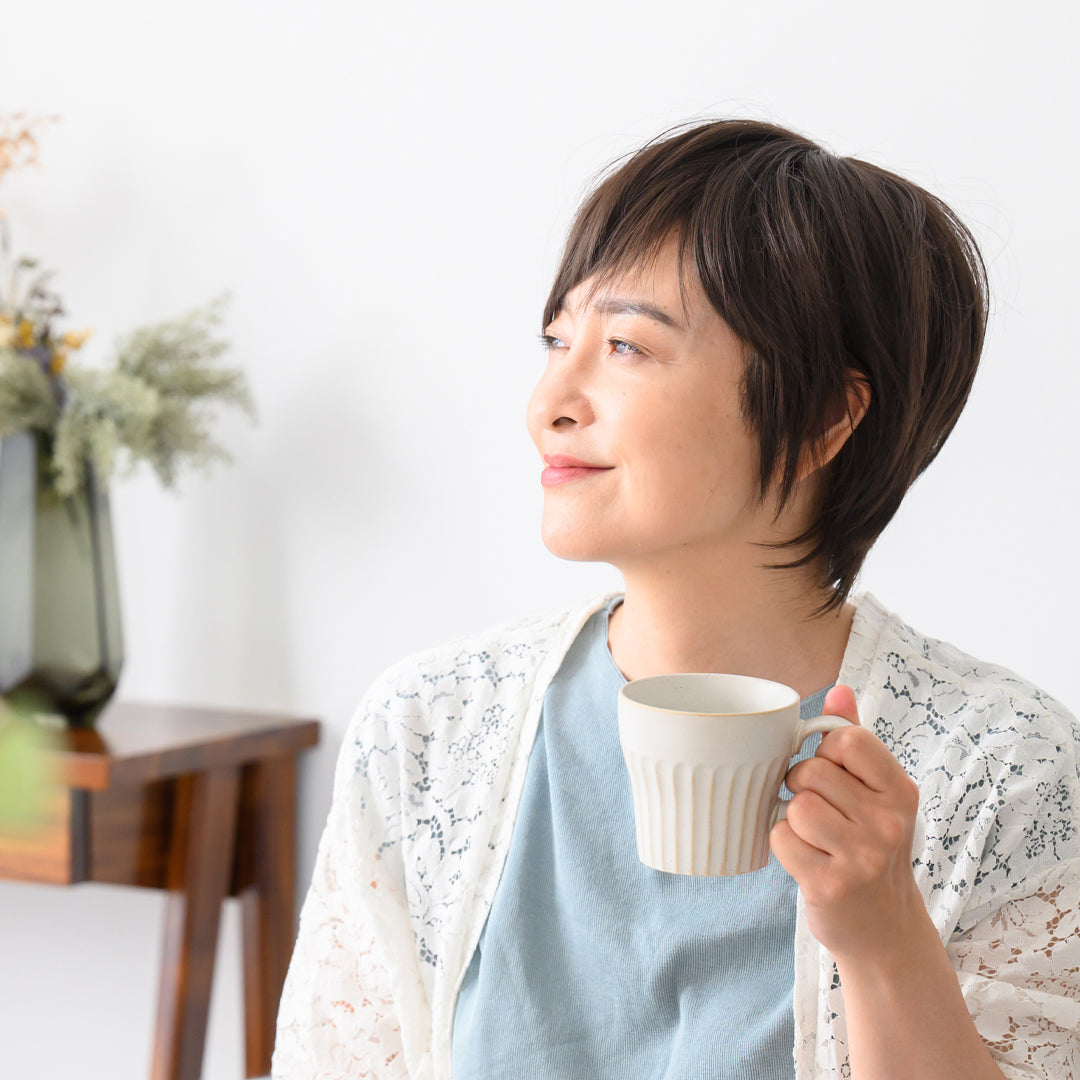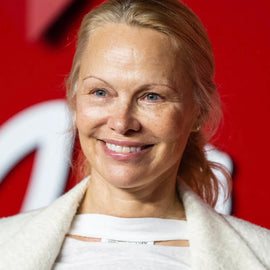Menopause is a natural milestone in every woman’s life, but let’s be honest—it comes with its fair share of surprises. One that often flies under the radar is the thinning or loss of eyelashes and eyebrows. These subtle yet impactful features frame our faces, so when they start to disappear, it can feel a little unsettling. But don’t worry! Understanding the causes and exploring the right treatments can help you regain your confidence.
What is Menopause?
Menopause is the stage of life that marks the end of a woman’s reproductive years. It’s a process divided into three stages: perimenopause, menopause, and postmenopause. Each phase brings hormonal shifts that can trigger a range of symptoms—including changes to hair growth.
During perimenopause, fluctuating hormone levels, especially estrogen, can cause early signs of hair thinning. Menopause officially begins after 12 months without a menstrual cycle, accompanied by a significant drop in estrogen and progesterone levels. This hormonal shift often affects hair health. Postmenopause follows, and while hormone levels stabilize, their reduced state may still impact hair growth.
Why Do Eyelashes and Eyebrows Thin During Menopause?
It all boils down to hormones. Estrogen, which helps support healthy hair growth, takes a nosedive during menopause. Meanwhile, testosterone levels can become more prominent, shrinking hair follicles and causing strands to grow thinner—or stop growing altogether. Unfortunately, this affects not just the hair on your head but also your eyebrows and lashes.
Factors That Worsen Hair Loss
While hormones are the primary culprit, other factors can amplify the issue. Aging naturally weakens hair follicles, making it harder for them to produce strong, healthy hairs. Nutritional deficiencies—like low levels of biotin, iron, or vitamin D—can also contribute to thinning hair. And let’s not forget stress, which often peaks during this life transition and can accelerate hair loss. Lifestyle choices, such as smoking or excessive use of harsh beauty products, can further damage fragile hairs.
How to Identify Eyelash and Eyebrow Loss
The signs are often subtle at first. Eyebrows might appear patchy, or your lashes may look sparser. Over time, the regrowth cycle slows down, making it harder for hair to bounce back after shedding. In severe cases, hair may fall out in noticeable patches.
Preventing Eyelash and Eyebrow Loss During Menopause
Prevention starts with self-care. A diet rich in lean proteins, omega-3 fatty acids, and antioxidants can nourish your hair from the inside out. Staying hydrated is also key to maintaining skin and hair health. On the outside, be gentle—avoid over-plucking your eyebrows or using harsh cleansers around your eyes.
Effective Solution for Eyelash and Eyebrow Loss
When it comes to restoring your lashes and brows, not all serums are created equal. Yep Lash XL is specifically designed to boost eyelash health, giving you longer-looking, fuller lashes in just 6 weeks. Pair it with Browlicious eyebrow serum to help fill in sparse areas and promote bolder, thicker brows. Both products are gentle, effective, and packed with nourishing ingredients.
Cosmetic Options for Instant Results
Sometimes, you need a quick fix—and that’s okay! Microblading offers a semi-permanent solution for fuller, natural-looking eyebrows. Eyelash extensions can instantly give you the voluminous look you crave, though they require some upkeep. If you prefer a DIY approach, makeup tricks like volumizing mascaras and eyebrow pencils can make a world of difference.
When to See a Specialist
If your hair loss is sudden, severe, or accompanied by other symptoms, it’s time to consult a dermatologist. They can assess whether the issue is purely hormonal or if there’s an underlying health condition at play.
Lifestyle Tweaks for Healthier Hair
Small changes can make a big difference. Managing stress through mindfulness, yoga, or even a daily walk can help regulate cortisol levels, which impact hair growth. Regular exercise improves circulation, delivering essential nutrients to your follicles. And always opt for gentle, hypoallergenic beauty products to minimize damage.
The Emotional Impact of Hair Loss
Let’s face it: losing your lashes and brows can be tough on your self-esteem. These features are part of how we express ourselves, and their absence can feel disheartening. But remember, you’re not alone. Joining support groups or speaking with friends who’ve been through similar experiences can be incredibly uplifting. And don’t forget—the right tools and treatments can make a big difference.
Conclusion
Menopause brings a lot of changes, and while eyelash and eyebrow loss might catch you off guard, it’s something you can address with the right care and tools. Products like Yep Lash XL and Browlicious can make a significant difference in restoring what’s been lost. Combined with lifestyle tweaks, and a dash of patience, you’ll be on your way to healthier, fuller lashes and brows in no time.
FAQs
Can Yep Lash XL and Browlicious serums really help during menopause?Absolutely! Both serums are formulated to target the unique challenges of menopausal hair loss, promoting healthier lashes and brows.
How long does it take to see results with these serums?
Results vary, but most users notice visible improvements within 6–8 weeks with consistent use.
Are there any side effects to using eyelash and eyebrow serums?
Yep Lash XL and Browlicious are made with gentle ingredients, but it’s always a good idea to do a patch test before full application.
What’s the best way to apply these serums?
Apply Yep Lash XL along your lash line and Browlicious directly onto your brows once a day, preferably at night, for optimal results.


